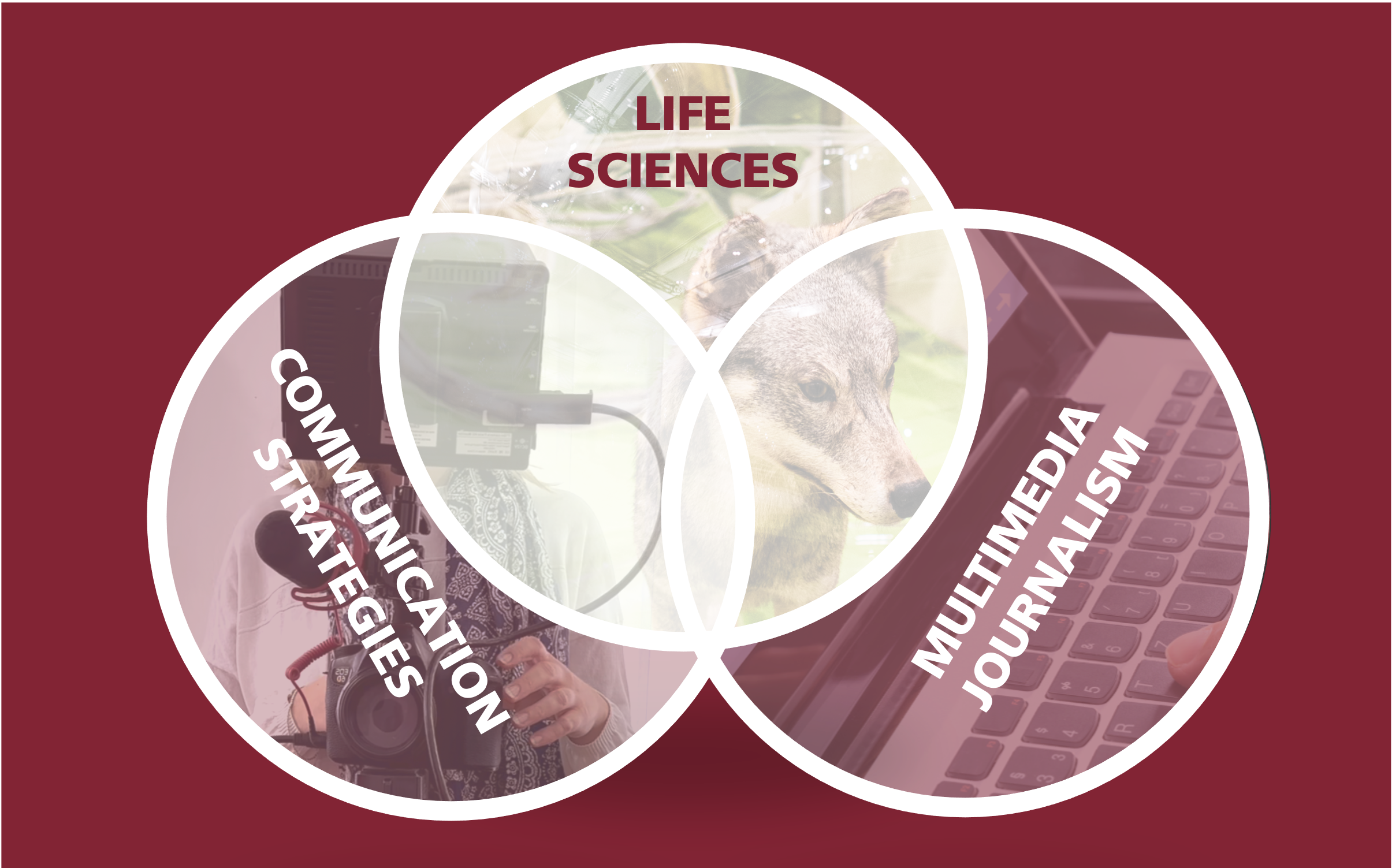
Area 1 – Life Sciences
The course modules will provide students with the foundations of the history of life sciences, identifying the main lines along which medical and biological thought has developed from antiquity to the present day. Students will acquire the ability to understand the moral frameworks and argumentative styles that have inspired various bioethical positions and declarations. Lectures on the theory of science communication will illustrate and interpret the evolution of science communication, starting from the work of Galileo Galilei up to the present day. Through scientific sessions, the technical, philosophical, and socio-political aspects of new discoveries in genetics, neuroscience, and biomedical and biotechnological innovations will be addressed. Special attention will be given to current and highly debated topics, such as stem cells, GMOs, research risks and policies, as well as social scenarios and economic changes. Particular focus will also be dedicated to discussing the motivations behind Nobel Prize awards.
Contents:
- Science seminars and workshops
- Elements of genetics, biotechnology, neuroscience, physiology and pathology, biomedicine
- History and philosophy of science
- Bioethics
- Theory of science communication
Area 2 – Multimedia Science Journalism
This educational area is dedicated to science communication. Alongside an overview of the current state of science journalism, students will take part in practical workshops. Students will have the opportunity to learn about the tools and skills required by professional science communicators: identifying scientific sources, covering news stories, writing for different formats, and producing audiovisual content and radio podcasts. Special focus will be placed on science journalism for the web. Students will have access to an already structured platform, STAR, the science culture magazine, where they will be invited to contribute with articles, posts, reports, and multimedia content on science and science communication topics. The blog will serve as a virtual training ground where students can practice various forms of language and web communication.
Contents:
Writing Guide:
- Science communication in the media
- Sources
- Science news
- Different types of articles (news stories, investigative reports, interviews)
- The key elements of an article
- Language adaptation and style
- Drafting
- Editing
- Writing for the web
Web Guide:
- Multimedia news
- Key elements of an informational website
- Blog design and management
- Podcast production
- Audiovisual content production
- Social media for science communication and outreach
Area 3 – Science Communication Strategies
This educational area is designed to help students acquire the skills for applied science communication activities. It will cover various aspects related to the patenting of scientific discoveries, pharmaceutical policies (both chemical and biological), and strategies for fundraising and research funding distribution. Students will gain practical experience in EU funding mechanisms, fundraising agency activities for research promotion, and drafting communication plans for companies.
Contents:
- Patents and technology transfer
- Pharmaceutical policy
- Scientific promotion in Europe and drafting of EU funding proposals
- Medical communication and scientific sources
- Media relations
- Press releases
- Press conferences
- Conducting interviews
- Crisis communication
- Event organization
